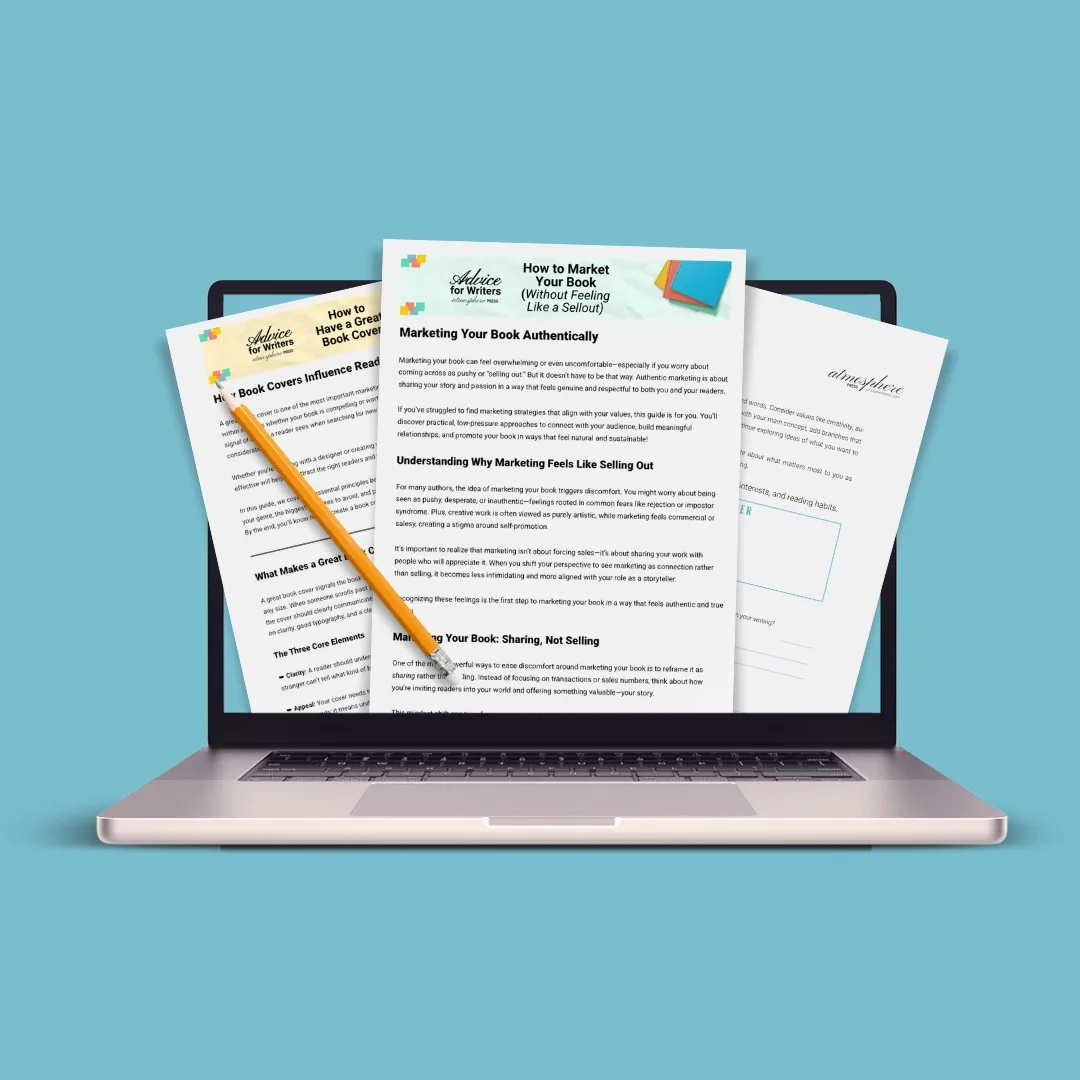Unlike a copy editor who focuses on grammar or a proofreader who catches typos, a developmental editor works at the big-picture level. Their role is to strengthen your manuscript’s structure, pacing, character development, and thematic clarity so that the story resonates with readers and meets the expectations of your genre.

Guidance for your writing journey
Your Advice for Writers resource articles.
Your Advice for Writers resource articles.
Writing a book comes with questions, challenges, and moments of doubt, but you don’t have to navigate them alone. The Advice for Writers resource articles break down the writing, publishing, and promotion process into clear, approachable guidance, so you can focus on telling your story with confidence.

If you’re weighing hybrid publishers, two names you’ll inevitably see are Atmosphere Press and Greenleaf Book Group. Both are reputable and both serve authors who want more than the do-it-yourself route — but the experience, cost structure, and community offerings are very different.
How to Write a Compelling Book Synopsis for Agents and Publishers
In this guide, I’ll walk you through how to write a compelling book synopsis that captures the attention of agents and publishers. We’ll cover length, structure, common pitfalls, and I’ll even share an example so you can see what a professional synopsis looks like in practice!
How to Find a Literary Agent Who Specializes in Your Genre
If you’re aiming for traditional publishing, securing a literary agent is one of the most important steps you can take. But with so many agents out there—and each one specializing in particular genres—the search can feel overwhelming. The good news is that finding an agent who not only represents your genre but also believes in your work is absolutely possible with the right strategy.
Writing a Detective Character That Readers Will Remember
When it comes to writing a mystery novel, the detective character is often the heart and soul of the story. How you write your detective character can make the difference between a forgettable mystery and one that hooks readers from the first page!
Writing Red Herrings Without Losing the Reader
Red herrings are one of the most powerful tools in a mystery writer’s arsenal—and one of the easiest to misuse. If you’ve ever tried to keep your reader guessing only to leave them confused, frustrated, or (worst of all) unimpressed, you’re not alone.
The Five Types of Rewrites (and How to Survive Each One)
If you’re looking for novel rewriting tips, you already know one truth of the writing life: the first draft is never the final word. Finishing a draft is a huge achievement—but it’s only the beginning. The real work of shaping your story into something publishable happens in the rewrite.
The Gatekeepers Are Gone…Or Are They? The Truth About Publishing Access
For years, authors have been told, “The gatekeepers are gone, and publishing access is open to all!” Thanks to self-publishing and digital platforms, it’s easier than ever to get your book online. But true publishing access—getting your book into readers’ hands and building a lasting career—is far more complex.
From Notecard to Novel: Mapping a Book Without Software
In an age filled with writing software and digital tools, there’s something timeless—and surprisingly powerful—about notecard novel planning. Mapping your book by hand using physical notecards lets you see your story’s structure in a tactile, flexible way. This low-tech approach frees you from screen distractions and helps you engage more deeply with your plot, characters, and pacing.
When it comes to crafting a compelling story, many novelists can learn a lot from filmmakers. Screenwriting techniques focus on clear structure, precise pacing, and vivid storytelling—all essential elements that can elevate your novel to the next level. By borrowing tools from the world of film, novel writers can create tighter plots, more dynamic scenes, and characters that leap off the page.










